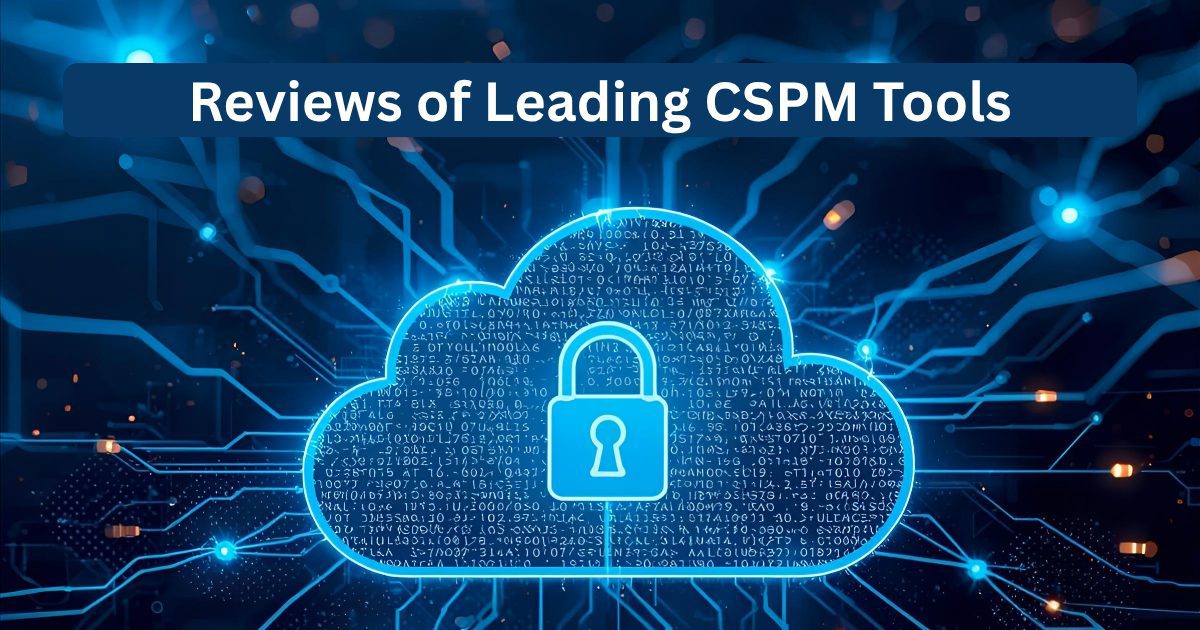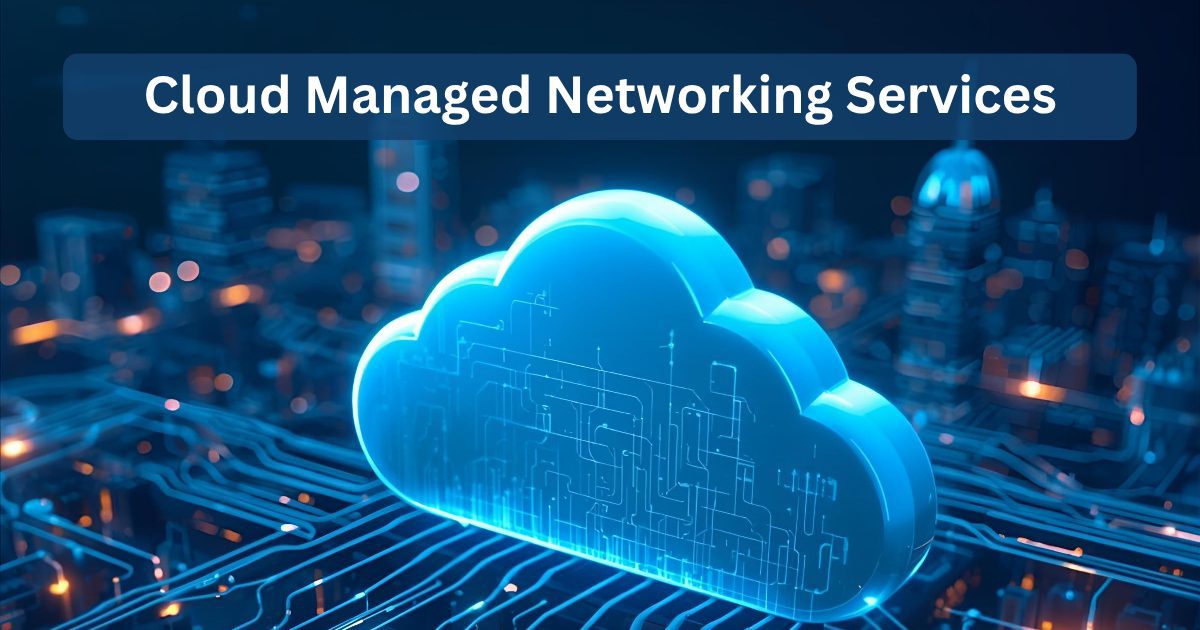CSPM and Its Role in Strengthening Cybersecurity
The rapid shift to cloud infrastructure has introduced new challenges in protecting digital assets and maintaining compliance. Organizations that once relied on traditional perimeter-based security now need modern tools to safeguard cloud environments. This is where CSPM becomes a strategic advantage. CYTAS explains how this platform enhances visibility, strengthens compliance, and minimizes risk in today’s complex cybersecurity landscape.
In a world driven by automation and cloud adoption, companies must monitor configurations, detect vulnerabilities, and address misconfigurations in real time. CSPM provides this capability by continuously analyzing cloud environments to ensure that every resource follows best security practices.
Understanding Cloud Security Posture Management
Cloud Security Posture Management, often known as CSPM, is an approach that automates the assessment and correction of cloud configurations. It helps organizations ensure compliance with regulatory standards while maintaining a consistent security framework.
With multiple cloud providers, services, and configurations involved, maintaining security manually becomes nearly impossible. CSPM solutions bridge this gap by continuously evaluating systems for deviations and alerting teams before an issue escalates into a security incident.
CSPM stands out because it integrates directly with other observability tools, allowing security, operations, and compliance teams to collaborate effectively. This unified visibility gives businesses a clear picture of their cloud infrastructure health and risk posture.
Why CSPM Matters in Modern Cybersecurity
The cybersecurity landscape has evolved rapidly, and cloud misconfigurations are now among the top causes of data breaches. Businesses need solutions that provide continuous monitoring without disrupting existing workflows. CSPM offers precisely that.
Its real-time scanning and compliance validation capabilities help organizations identify and remediate risks early. By integrating with the platform, it connects posture management data with logs, metrics, and alerts, providing an end-to-end view of the cloud environment.
Key reasons why organizations rely on this approach include
- Proactive Risk Management through real-time visibility
- Continuous Compliance Monitoring for frameworks like CIS, SOC 2, and HIPAA
- Faster Incident Response through integrated security analytics
- Reduced Human Error via automated configuration checks
- Stronger Collaboration between DevOps, IT, and Security teams
By implementing this tool, businesses ensure that cloud environments remain compliant, resilient, and protected from evolving threats.
Core Features That Define CSPM
The efficiency of CSPM comes from its robust feature set designed for dynamic and scalable environments. Each capability aligns with modern cybersecurity needs.
- Comprehensive Cloud Coverage across AWS, Azure, and Google Cloud
- Agentless Scanning for quick visibility into resource configurations
- Compliance Benchmarking using frameworks like PCI DSS and NIST
- Intelligent Risk Prioritization for faster remediation decisions
- Custom Rules and Policies for industry-specific requirements
- Automated Reporting to simplify audits and documentation
- Unified Dashboard that correlates posture data with logs and metrics
These capabilities allow security teams to monitor every aspect of cloud security posture while minimizing manual effort.
Implementation Strategies for Success
Deploying CSPM effectively requires planning and collaboration across departments. Organizations can follow these strategic steps to maximize results.
1. Connect All Cloud Accounts
Integrate all active cloud environments to establish unified visibility. This ensures that no configuration or asset is overlooked during posture assessments.
2. Define Security Baselines
Establish security baselines aligned with recognized standards. These act as reference points for CSPM checks and policy enforcement.
3. Enable Continuous Scanning
Schedule scans to run automatically, ensuring ongoing detection of new or altered configurations that might introduce risks.
4. Map Findings to Responsible Teams
Assign findings to specific departments or owners for timely remediation. Clear accountability ensures that high-priority risks are resolved quickly.
5. Automate Compliance Reports
Leverage built-in reporting tools to generate compliance summaries, saving time during audits or internal reviews.
Through this approach, organizations can achieve full value from CSPM and maintain a proactive cybersecurity stance.
The Role of CSPM in Regulatory Compliance
Regulatory frameworks demand continuous proof of compliance. CSPM simplifies this process by automatically mapping cloud configurations to compliance standards.
Instead of performing manual reviews, teams can rely on automated checks that identify violations instantly. The system provides detailed reports that highlight issues, suggest fixes, and document remediation progress.
This automation not only reduces compliance costs but also helps organizations maintain readiness for audits at all times.
Benefits for Compliance Teams
- Streamlined evidence collection for audits
- Real-time alerts for non-compliant resources
- Simplified policy enforcement across multi-cloud environments
- Consistent tracking of remediation progress
By integrating compliance management into everyday operations, CSPM eliminates the need for reactive fixes and supports continuous improvement.
Enhancing Cyber Resilience through Visibility
Visibility is the foundation of cloud security. Without understanding how resources interact, organizations cannot detect vulnerabilities in time. posture management capabilities provide this level of transparency.
By correlating configuration data with performance metrics and security alerts, teams can understand the context behind every issue. This leads to more informed decision-making and a stronger security response.
With CSPM, businesses can visualize their entire cloud ecosystem from a single pane of glass, identify weak points, and enforce security baselines consistently across departments and regions.
Integrating CSPM with DevSecOps
Security should be embedded into every stage of the development lifecycle. CSPM aligns perfectly with DevSecOps practices, providing developers and operations teams the tools they need to ensure secure deployments.
By integrating with existing pipelines, it allows for security checks during development rather than after release. This reduces delays and prevents vulnerabilities from reaching production environments.
Key benefits of integration include
- Early detection of insecure configurations
- Automated policy enforcement before deployment
- Continuous verification during updates and scaling
- Faster collaboration between developers and security analysts
Through this synergy, organizations create a culture of shared responsibility where security becomes a built-in feature rather than an afterthought.
Overcoming Common Cloud Security Challenges
Even with strong strategies, cloud security presents ongoing challenges such as configuration drift, identity mismanagement, and compliance fatigue. CSPM helps overcome these through automation and actionable insights.
Common challenges and their solutions include
- Misconfiguration Risks – Automated detection ensures that errors are corrected before exploitation.
- Limited Visibility – Centralized dashboards provide complete environmental awareness.
- Manual Compliance Workloads – Automated audits and reports reduce manual effort.
- Slow Incident Response – Integrated alerts enable faster remediation.
- Team Coordination Gaps – Shared dashboards promote transparency and accountability.
By addressing these challenges proactively, organizations strengthen their cybersecurity posture and operational efficiency.
Real-World Applications
Many industries benefit from integrating security posture management into their cloud operations.
- Financial Services use it to ensure regulatory compliance and protect customer data.
- Healthcare Providers leverage it to meet HIPAA standards and secure patient information.
- Technology Startups rely on its automation to maintain lean security operations.
- E-commerce Platforms utilize it to protect transaction systems and manage PCI compliance.
These applications demonstrate the versatility and scalability of CSPM across sectors.
The Future of Cloud Posture Management
As cloud adoption continues to grow, the future of cybersecurity will depend on automation and visibility. Advanced solutions like CSPM will play a central role in shaping secure digital ecosystems.
Machine learning and predictive analytics will enhance risk identification, while integrations with AI-driven systems will make remediation faster and more accurate.
Businesses that embrace these innovations will not only improve their security posture but also gain competitive advantage through trust, reliability, and compliance excellence.
Conclusion
The cloud has revolutionized how businesses operate, but it also introduces new layers of complexity and risk. CSPM offers an intelligent, automated, and scalable solution to these challenges, ensuring that every configuration, policy, and control aligns with industry best practices.
By combining observability, compliance, and automation in one platform, organizations can achieve continuous security assurance. For companies aiming to strengthen their cyber defense strategies, CYTAS recommends adopting CSPM as a cornerstone of modern cloud protection.
FAQs About CSPM
1. What is the main purpose of CSPM?
It provides automated monitoring and compliance checks to detect misconfigurations and maintain secure cloud environments.
2. Which cloud platforms does it support?
It supports major platforms such as Amazon Web Services, Microsoft Azure, and Google Cloud.
3. Can it help with compliance audits?
Yes, it generates automated compliance reports and aligns with frameworks like CIS, SOC 2, and PCI DSS.
4. How does it integrate with existing workflows?
It seamlessly integrates with observability tools and DevSecOps pipelines for continuous security.
5. Why is CSPM important for modern organizations?
It ensures real-time visibility, reduces risk exposure, and simplifies compliance management in complex cloud infrastructures.




